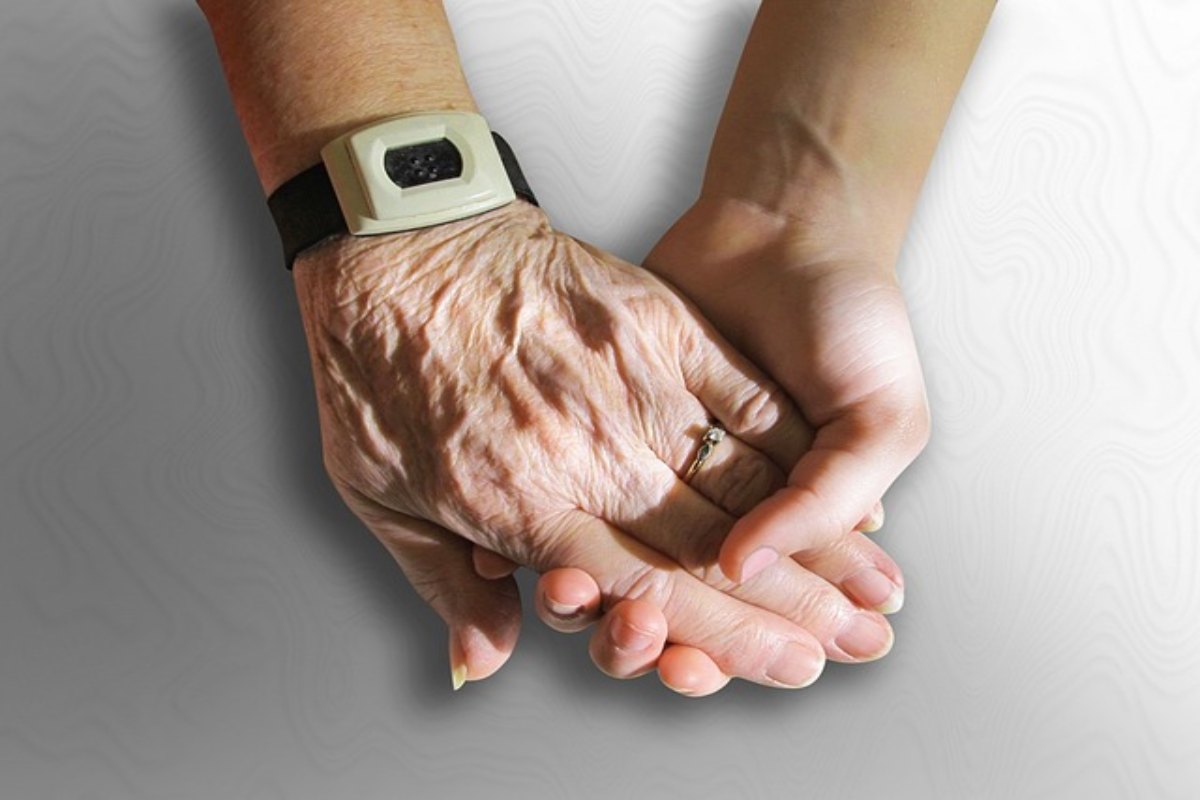It can feel uncomfortable when you’re sat across from your doctor or a medical scribe, vulnerably revealing your recent healthcare problems and the implications it’s had on your life, only to notice one of the professionals updating your mysterious medical records.
You may be too shy to question what they’re noticing, but your seemingly secret medical record remains curious to you, nonetheless. So, what does your medical record entail, and how much of it are you allowed to access?
Table of Contents
What Information is Typically on Your Medical Record?
A medical record, sometimes referred to as a health record or medical chart, is a broad documentation of all the diagnoses, treatments, test results, and complaints a patient has raised with a physician or other senior healthcare member. The exact information stored varies depending on the healthcare organization and how frequently or desperately a patient has needed medical attention, but typically, it consists of the following components.
1. Patient Demographics
All medical records will have basic ID information about a patient and their demographic. This might include things such as full name, date of birth, identified gender, ethnicity, contact information, and address.
2. Medical History
A medical history consists of a detailed account of all previous illnesses, surgeries, injuries, allergies, and chronic conditions experienced by a patient. This section may also include historical or current information about family members’ health conditions to assess whether it could have any impact on the patient in question’s life.
3. Medication History
Not only does a medical record include all a patient’s previous illnesses, but it also displays how they were treated and if the medicine used was successful. This helps doctors make better-informed decisions about how to effectively treat patients.
4. Vital Signs
Measurements of vital signs such as blood pressure, heart rate, respiratory rate, temperature, and sometimes oxygen saturation. These measurements provide important indicators of the patient’s overall health and may be recorded during each healthcare encounter.
5. Clinical Notes
Detailed notes written by healthcare providers documenting the patient’s symptoms, physical examination findings, diagnostic tests, assessments, and treatment plans. Clinical notes may include progress notes, consultation notes, and discharge summaries.
6. Allergies and Adverse Reactions
Information about allergies or adverse reactions to medications, foods, environmental factors, or other substances. This information helps healthcare providers avoid potential allergic reactions or adverse drug interactions.
Do Medical Records Have Even More Information About Us?
Usually, yes. While medical records vary around the world and depending on the type of medical institution, these are the ever-present aspects of a typical medical record.
Are you interested in learning more about medical records and perhaps even turning your intrigue into a career? We’d recommend finding a reputable medical scribe company that will help advise and train you through the early stages of a medical scribing career.
So, are Patients Able to See Any of These Details?
Traditionally, medical records were guarded behind bureaucratic walls, accessible only to healthcare providers. However, with the advent of digital technologies and regulatory changes, the tide is turning. Today, patients are increasingly able to view their own medical records, ushering in a new era of transparency, collaboration, and informed decision-making.
Access to one’s medical records is not just a matter of convenience; it’s a fundamental right with far-reaching implications for patient care. Historically, accessing medical records meant navigating a labyrinth of administrative processes, often resulting in delays and frustration. However, with the implementation of electronic health records (EHRs) and the Health Insurance Portability and Accountability Act (HIPAA) in the United States, patients now have the legal right to request and access their medical records easily.
The benefits of allowing patients to view their medical records are manifold. Firstly, it empowers individuals to actively participate in their healthcare journey. By having access to their medical history, test results, and treatment plans, patients are better equipped to engage in meaningful discussions with their healthcare providers. This fosters a collaborative relationship where decisions are made jointly, based on a thorough understanding of the patient’s health status and preferences.
Moreover, access to medical records promotes transparency and accountability within the healthcare system. Patients can review their records for accuracy, ensuring that vital information is not overlooked or misrepresented. This can be particularly crucial in scenarios where multiple healthcare providers are involved in the patient’s care, minimizing the risk of errors or miscommunication.
Furthermore, viewing medical records can have profound implications for patient education and empowerment. By understanding their diagnoses, medications, and treatment options, patients are better positioned to take an active role in managing their health. This can lead to improved adherence to treatment plans, healthier lifestyle choices, and, ultimately, better health outcomes.
Conclusion
Allowing patients to access their own medical records is beneficial for improving transparency and, even on occasion, accuracy. So, next time you’re at the doctor’s, don’t be afraid when the physician or medical scribe is frantically scribbling down details about you and, if you are curious, don’t refrain from asking to read them.



